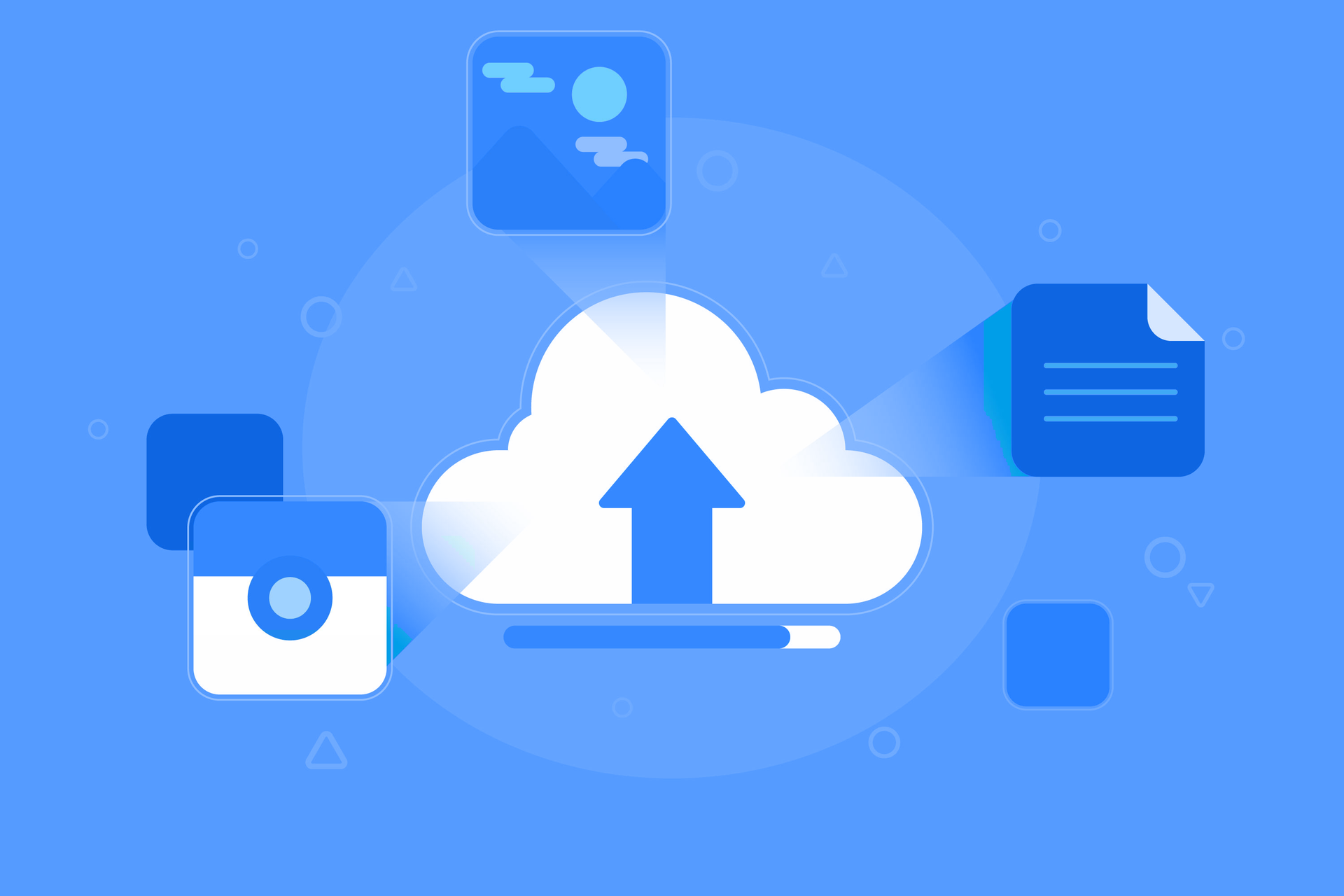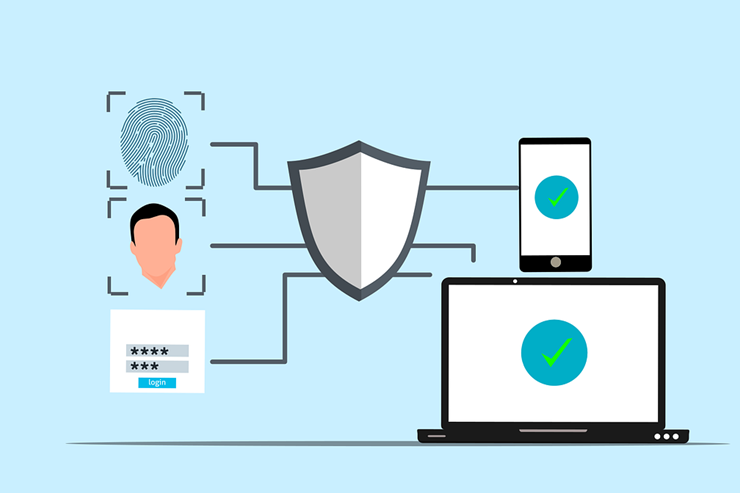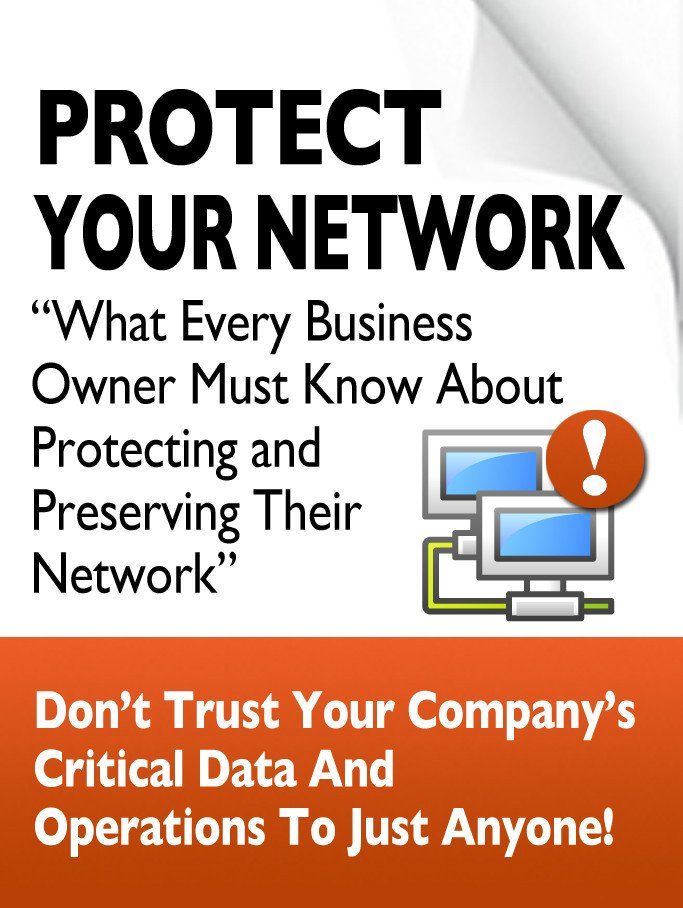Connected Technology
Tech, Tips, and Blog
Tech Tips
Our monthly technology tips are written in the goal to help business owners like you save time, money, and protect your business.
What does this mean for your business? Business owners and those responsible for computer security should pay special attention to the security trends in this report. If you are a ConnectedCare Managed Services client, you have nothing to worry about; these issues are constantly monitored for you.
If you would like to learn about how ConnectedCare can secure your network and let you get back to managing your business and not your technology, please visit the ConnectedCare page.
Take a FREE online Network Health Check! Gain visibility into your network by completing the 12-question online survey. You’ll automatically be presented with an analysis of your network’s reliability with custom recommendations.
Telecommuting Report
Document Imaging
Technical Support/Networking
Blog











